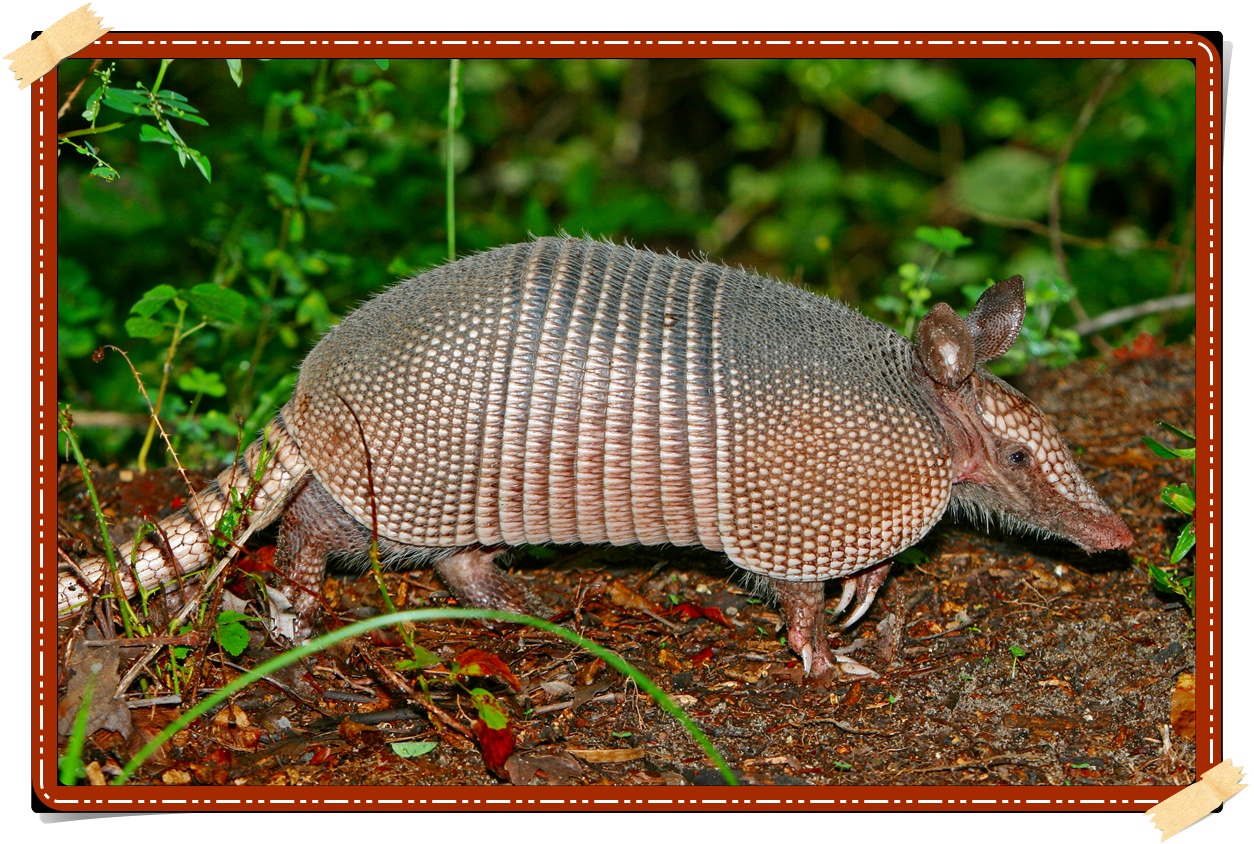

Dasypodidae has only one family left, but it includes the common nine-banded armadillo. Chlamyphoridae is considered to be the most populated among the remaining families on Earth.

There are only two major families of Armadillos remaining and those are Chlamyphorus and the Dasypodidae. The entire order used to be much more complex, with a plethora of various armoured species. This order is thought to have evolved 60 million years ago when South America was more separate from the rest of North America. Ayotochin which means a turtle rabbit was the term that was used to describe the armadillos by the Aztecs.Īrmadillos are members of the order Cingulata, which means "girdle" in Latin. The term ‘Armadillo’ has been derived from the Spanish word which literally means ‘Little armoured ones’. Armadillo Scientific NameĮarlier the Spanish colonists and the explorers spotted an unusual creature while they travelled through the forest of America. Few mammals can compete with their tenacity and adaptability. This natural protection has enabled this species to survive across the Western Hemisphere for millions of years. The armadillo is well-protected against its natural enemies and predators, who are unable to pierce the tough shell. Not all armadillos have been found to encase or protect themselves in their shells as only the three-banded armadillo are found to curl their head and back feet into the shell to protect themselves from the predators.Īrmadillos are found to be very resembling an armour-plated vehicle. The colour of the Armadillo also varies as most of them are dark to brown coloured but there have been many armadillos that are found to have red, gray, yellowish, or dark black colouring. The pink fairy armadillo is the shortest, measuring just 15 sm (5-6 inches). A giant armadillo can grow to be 150 cm tall or 59 inches long and weigh up to 54 kg or 119 pounds. They have been found to vary in size and colour as an armadillo's overall length, including the tail, is equivalent to 70 cm or 30 inches. Armadillos have very pointed and very small eyes. Armadillos are the only mammals that are found to wear a shell all over the body to protect themselves.Īrmadillos are found to be very closely related to the anteaters and sloths.

What is an Armadillo?Īnimal armadillo meaning comes from the Spanish word which means ”Little armoured one” and it also refers to the bony plates that cover its head, back, legs, and tail of most of these odd-looking creatures. Here, we are going to discuss the armadillo animal, its description, behaviour, habitat, diet, and also a few of the most frequently asked questions will also be answered.

Armadillo has been threatened by many predators and hunters in the past. The pink fairy armadillo is the smallest as it has a length of only 15 sm or 5-6 inches. A giant armadillo grows up to 150 cm or 59 inches and weighs up to 54 kg or 119 pounds. Including the tail, the average length of an armadillo is close to 70 cm or 30 inches. They also have short legs but can also move very quickly under or above the ground. One of the main characteristics of Armadillos is the presence of a leathery shell and long and sharp claws for digging. All the species are found to be native to the United States of America where they are found to inhibit a variety of different environments. Till today nine extinct genera and 21 extant species of armadillo have been described in many books and one of these is distinguished by the number of bands on their armour. The only surviving families in the order Cingulata and the suborder Xenarthra are the Chlamyphorus and Dasypodidae. Armadillo which means the little armoured ones in Spanish are a new world placental mammals in the order Cingulata.


 0 kommentar(er)
0 kommentar(er)
